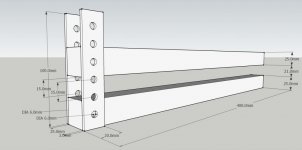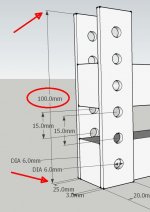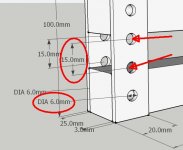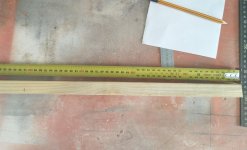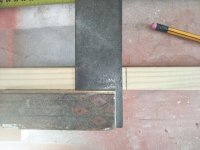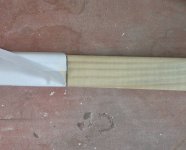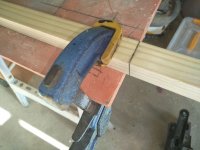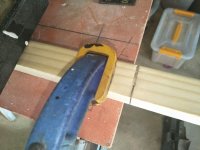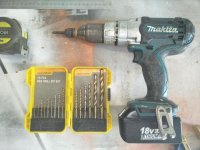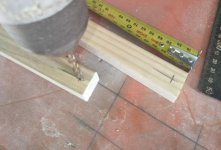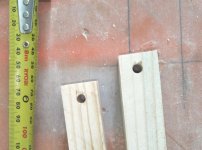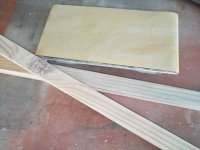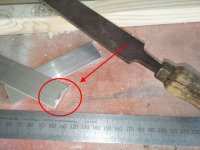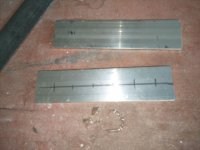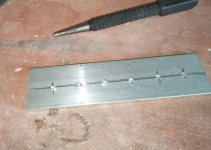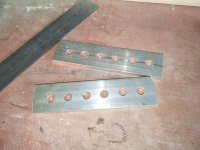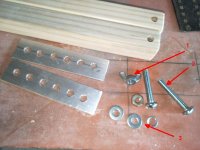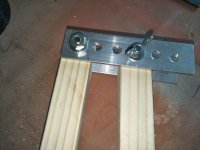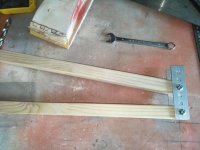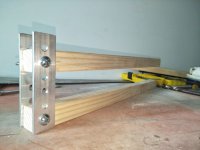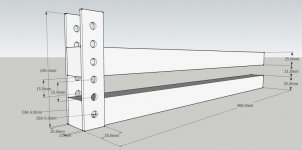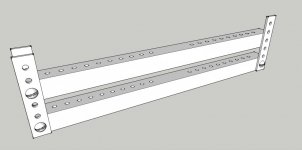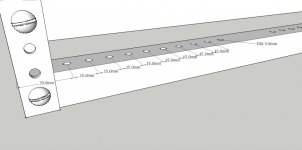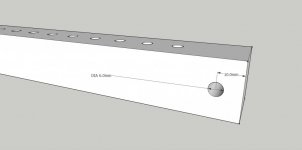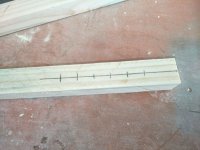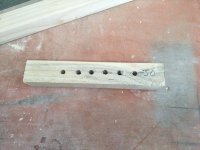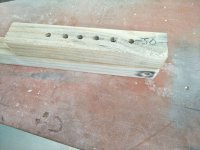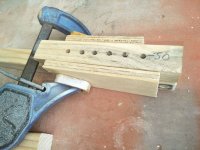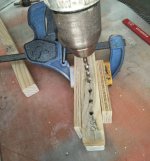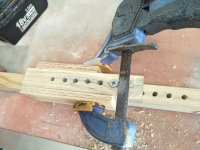This is something I've been planning to do for a long time, a series of how to's on making your own BDSM toys.
But I don't want to limit this thread to myself, feel free to join in the conversation and ask question, share suggestions and please add any ideas or techniques for things you may have made yourself.
To kick things off I want to dispel the idea that making these kind of toys is beyond most people, it's not. The tools and skills needed are quite basic, if you don't have the tools I'm going to show you what you need to have, if you don't have the hand skills then I will show you simple, easy to learn techniques and hacks to get your own toy building underway. Most things will be cheap to make and I will show you the hacks to use cheap tools if you need to buy them or improvisations to get things done.
The best way to learn is to do, so I'm going to start the series off with a very simple tit press that I call the "Tit cracker", simply because it is reminiscent of the traditional nut cracker. Over the coming days I'm going to run through the design, the materials needed, the tools needed and then progress on to making it. This will teach most of the basics for a lot of simple toys as well as building the skills and confidence to tackle bigger and more complicated projects.
Please don't be shy, there are no dumb questions here, if something doesn't make sense yell out. I will be providing design drawings and showing you how to read them as well as step by step photos of the various projects.
I'm hoping to have the first installment or two of the Tit Cracker project up over the course of the next day so look out for them.
But I don't want to limit this thread to myself, feel free to join in the conversation and ask question, share suggestions and please add any ideas or techniques for things you may have made yourself.
To kick things off I want to dispel the idea that making these kind of toys is beyond most people, it's not. The tools and skills needed are quite basic, if you don't have the tools I'm going to show you what you need to have, if you don't have the hand skills then I will show you simple, easy to learn techniques and hacks to get your own toy building underway. Most things will be cheap to make and I will show you the hacks to use cheap tools if you need to buy them or improvisations to get things done.
The best way to learn is to do, so I'm going to start the series off with a very simple tit press that I call the "Tit cracker", simply because it is reminiscent of the traditional nut cracker. Over the coming days I'm going to run through the design, the materials needed, the tools needed and then progress on to making it. This will teach most of the basics for a lot of simple toys as well as building the skills and confidence to tackle bigger and more complicated projects.
Please don't be shy, there are no dumb questions here, if something doesn't make sense yell out. I will be providing design drawings and showing you how to read them as well as step by step photos of the various projects.
I'm hoping to have the first installment or two of the Tit Cracker project up over the course of the next day so look out for them.
